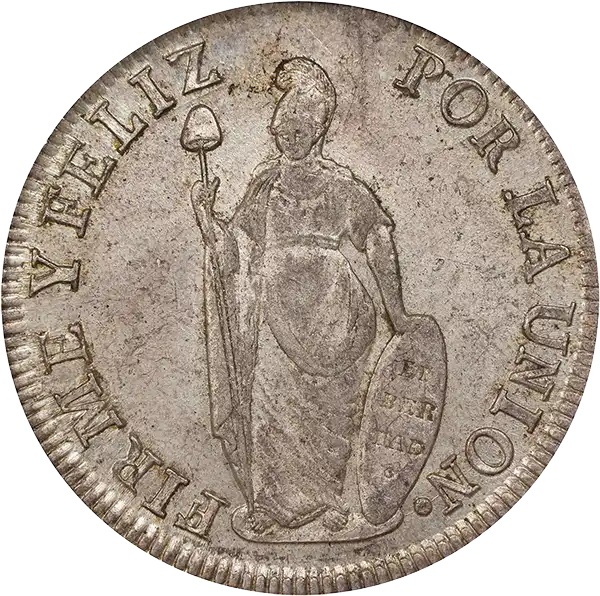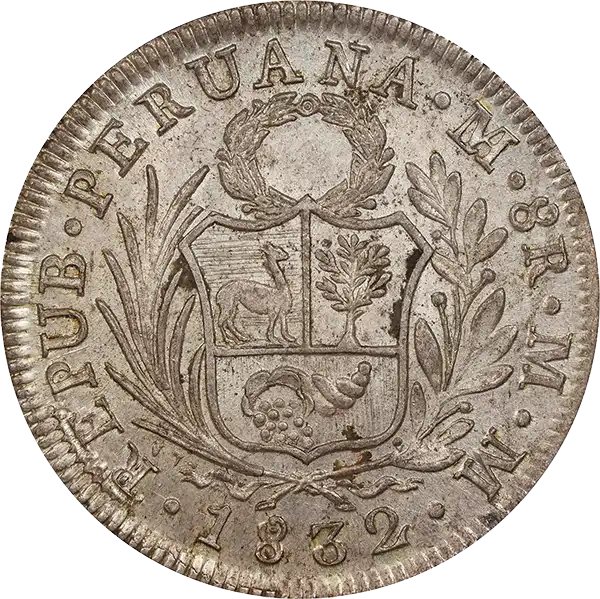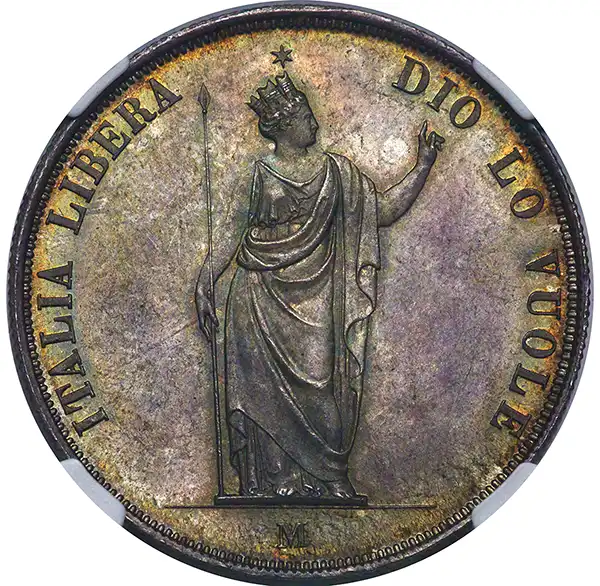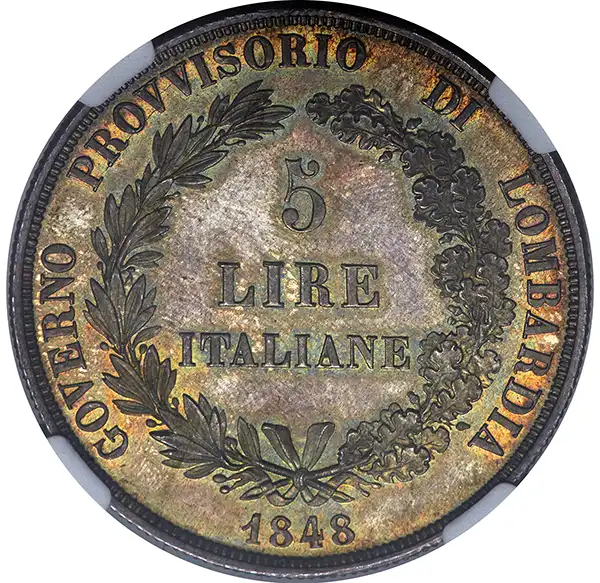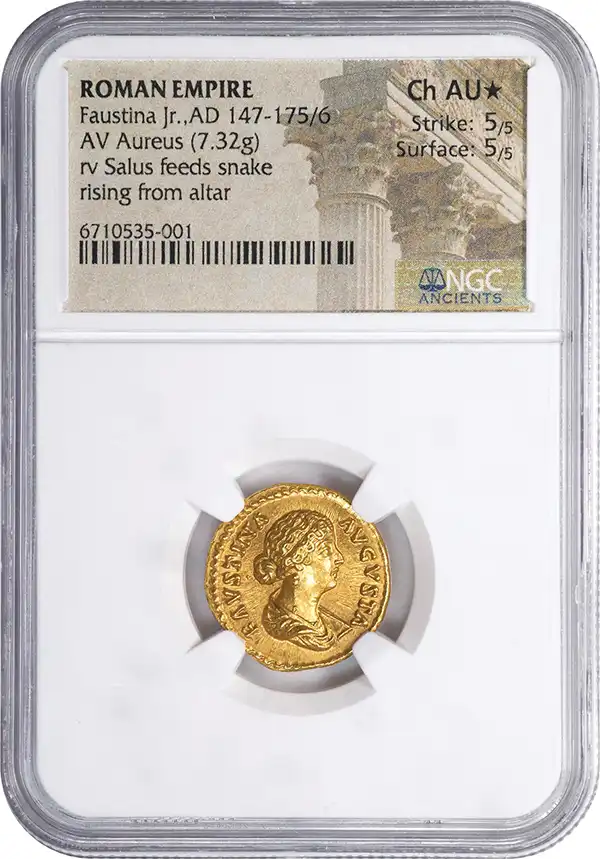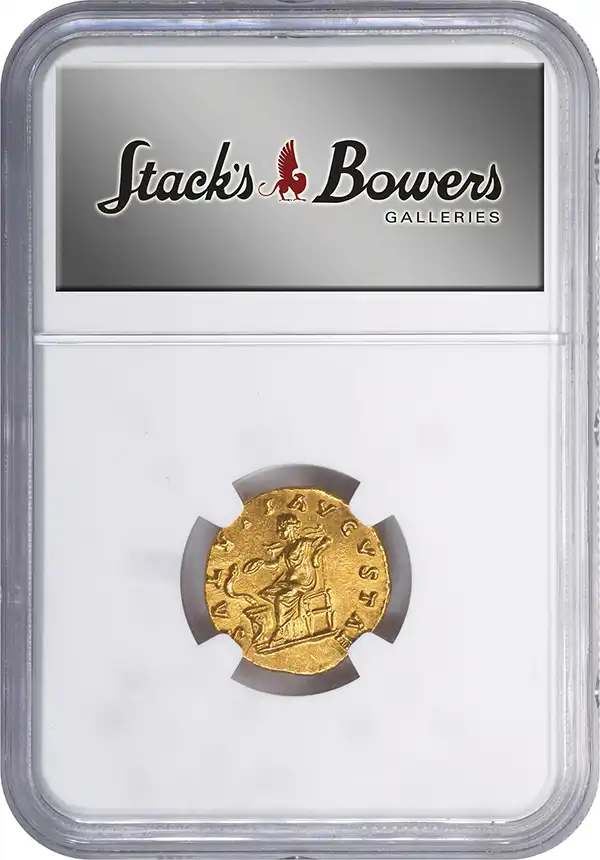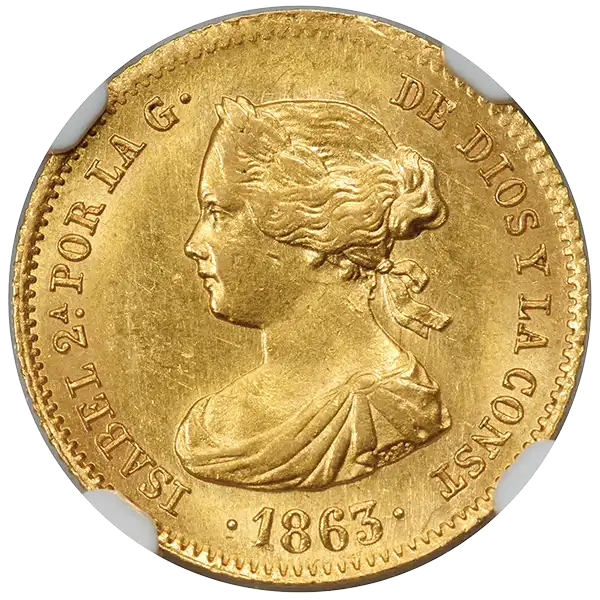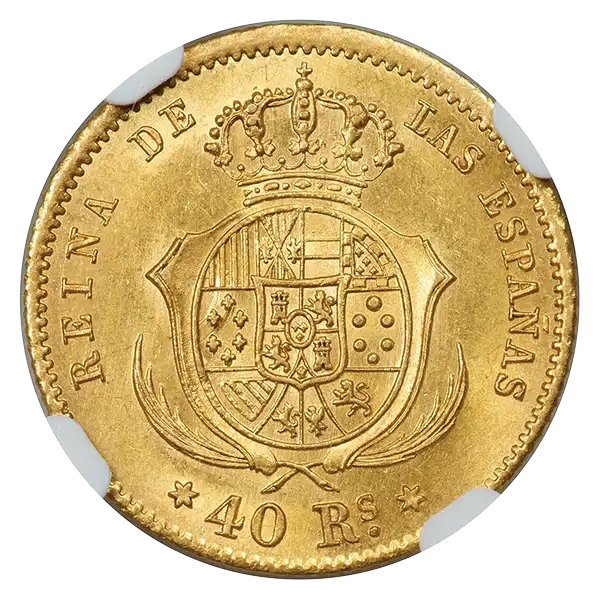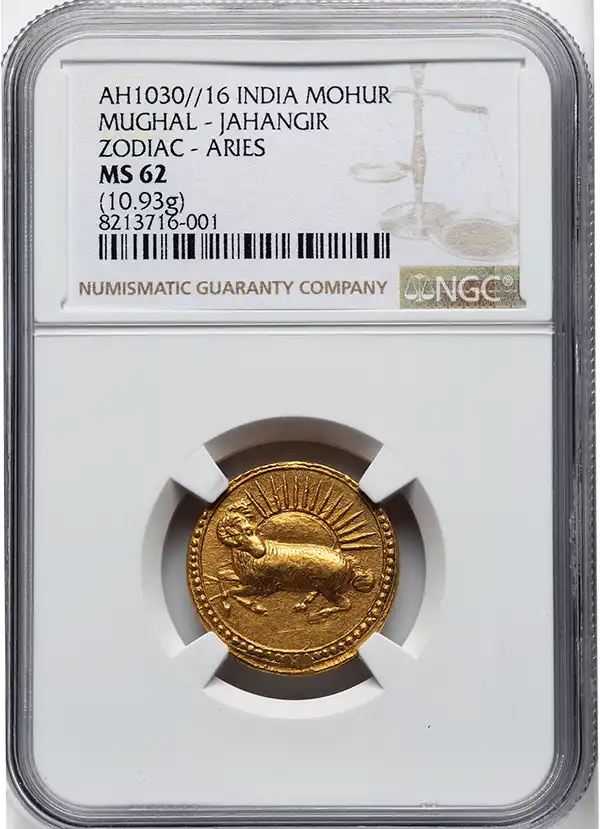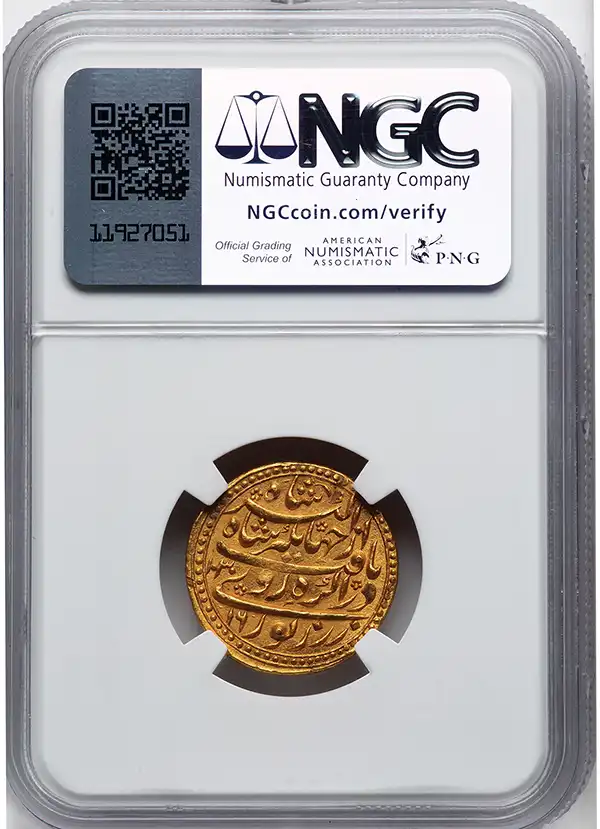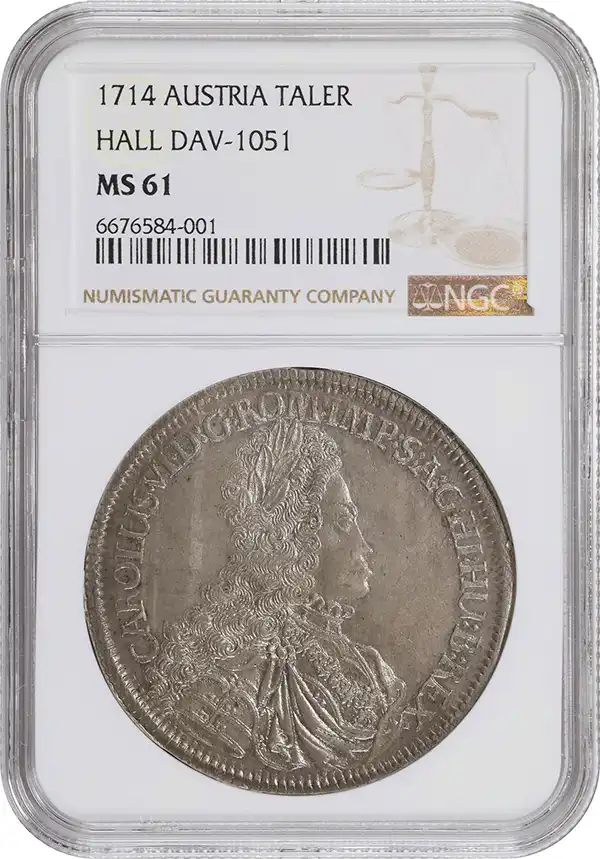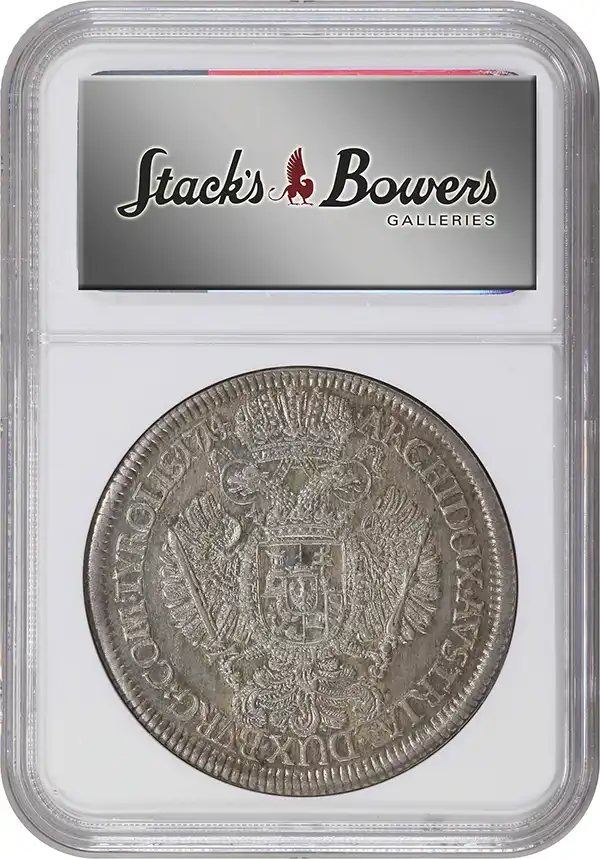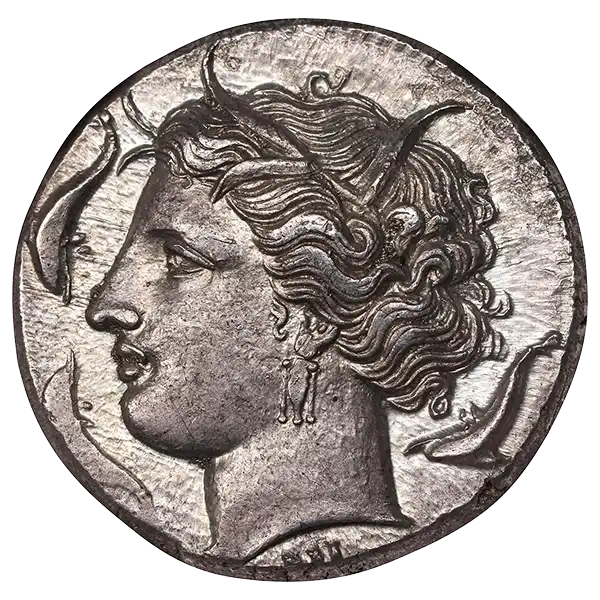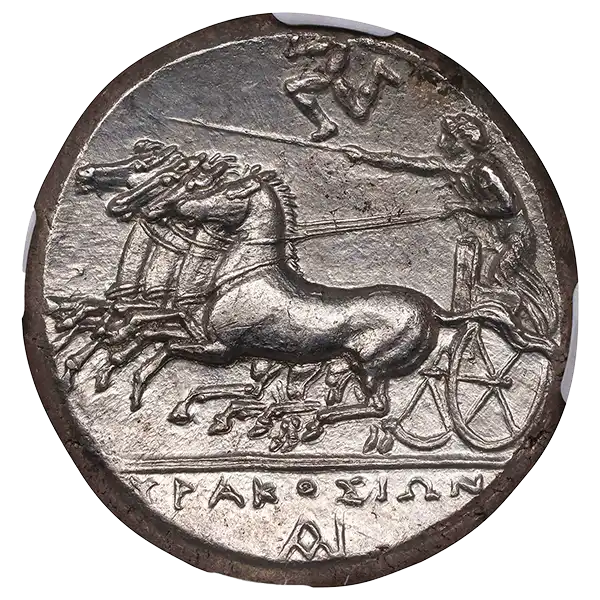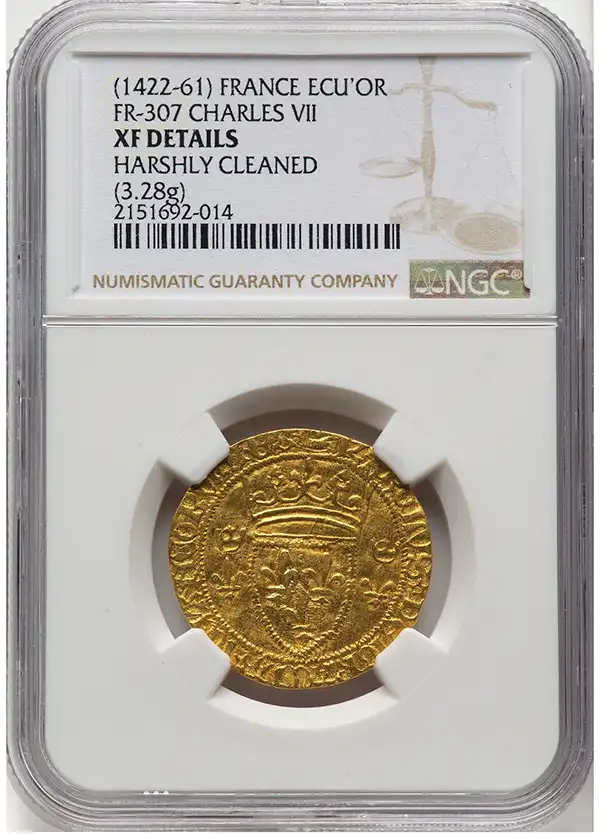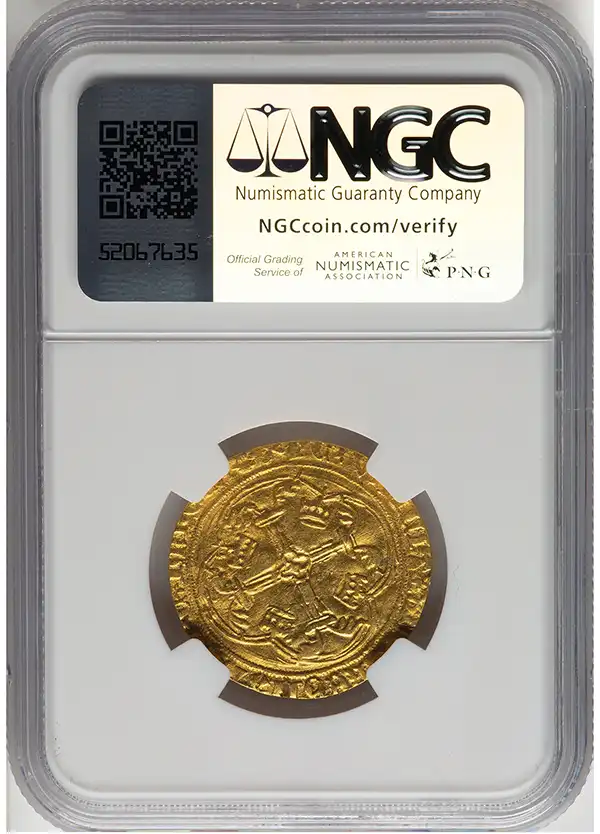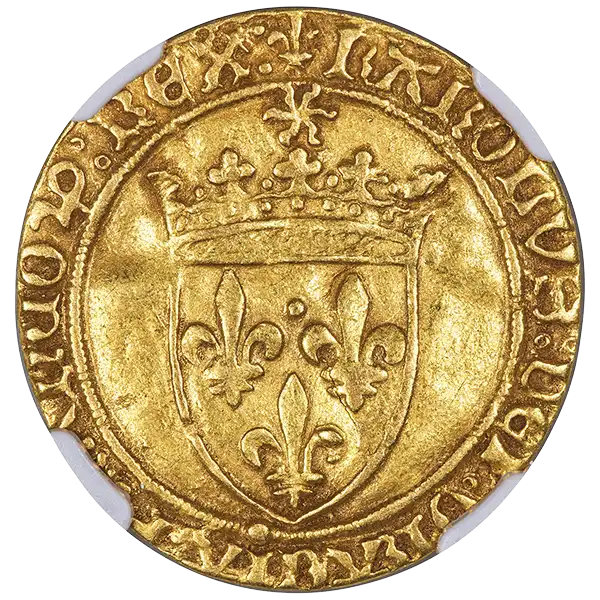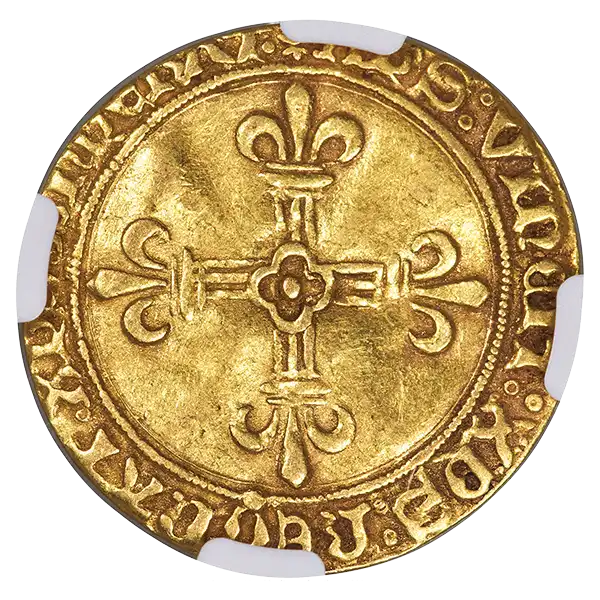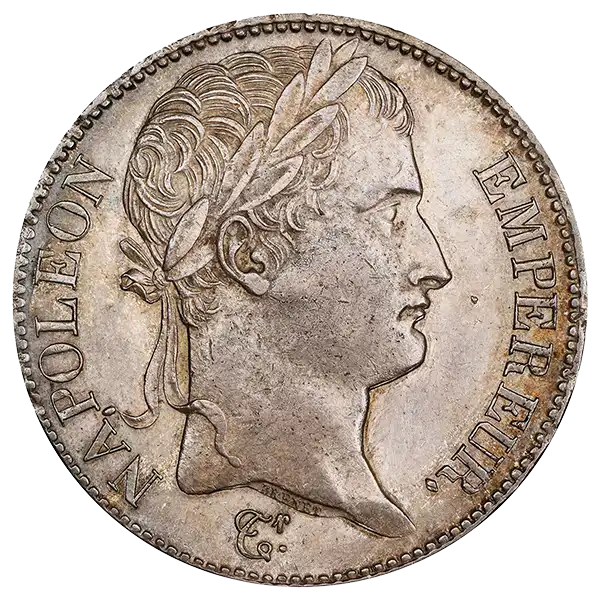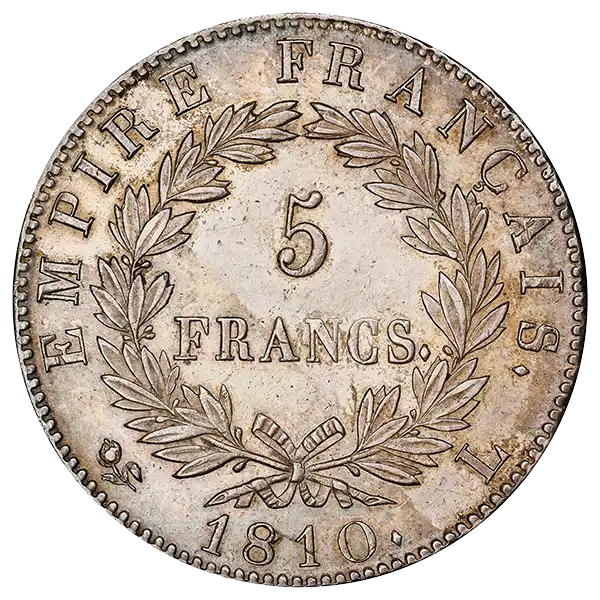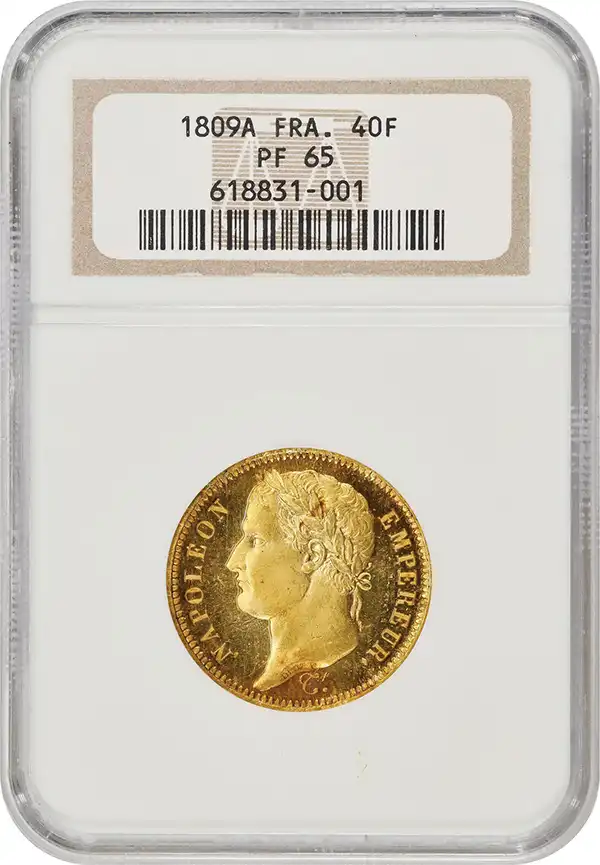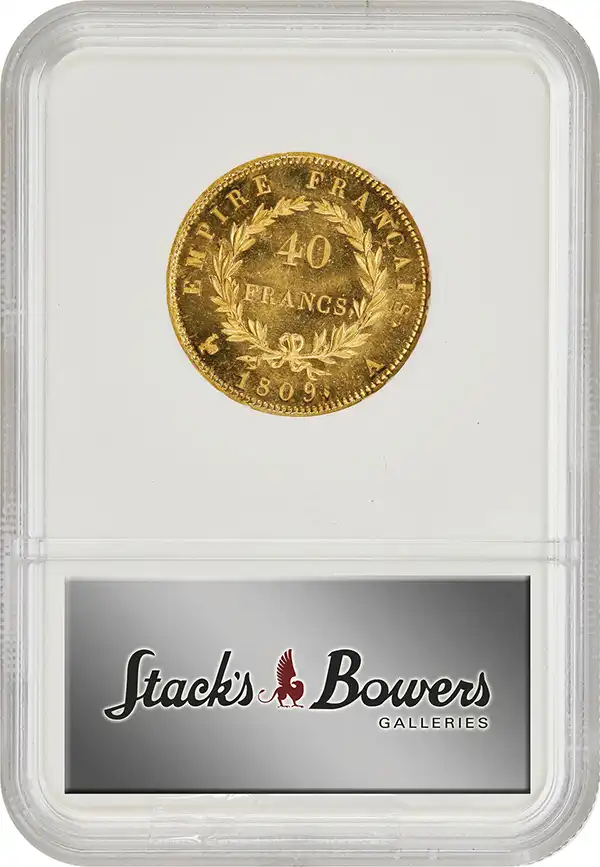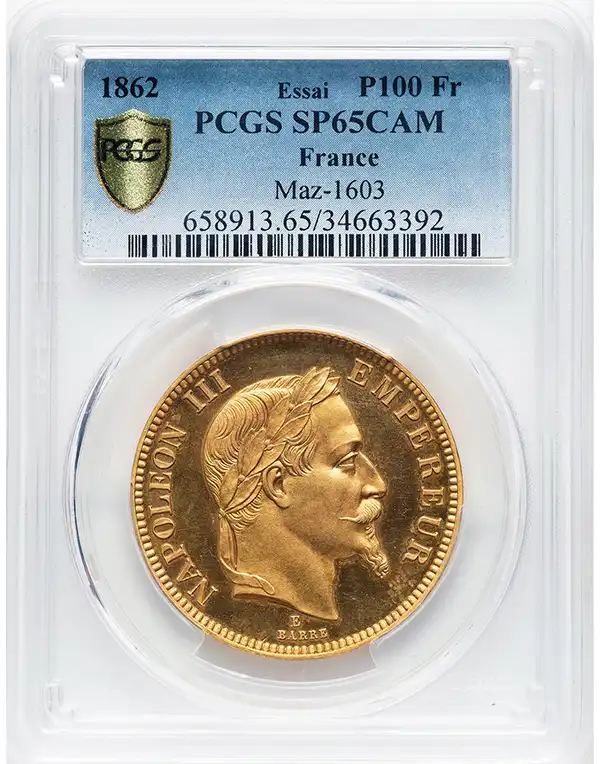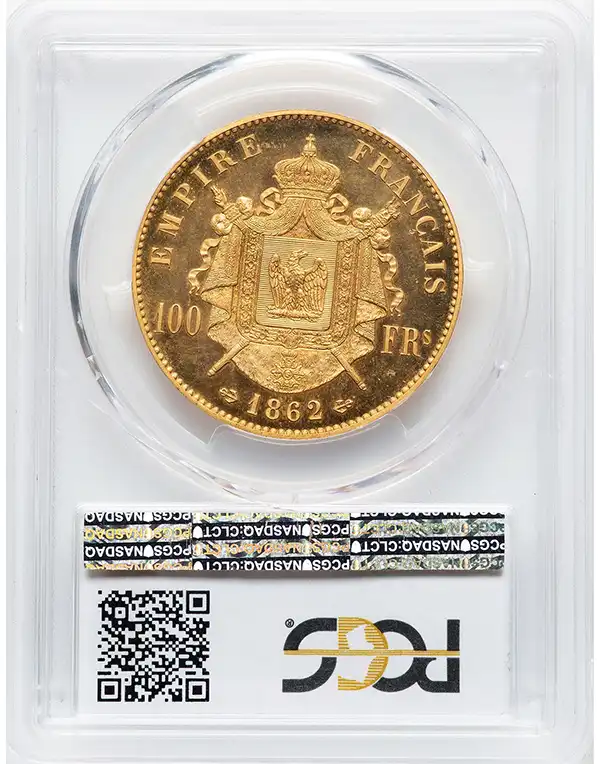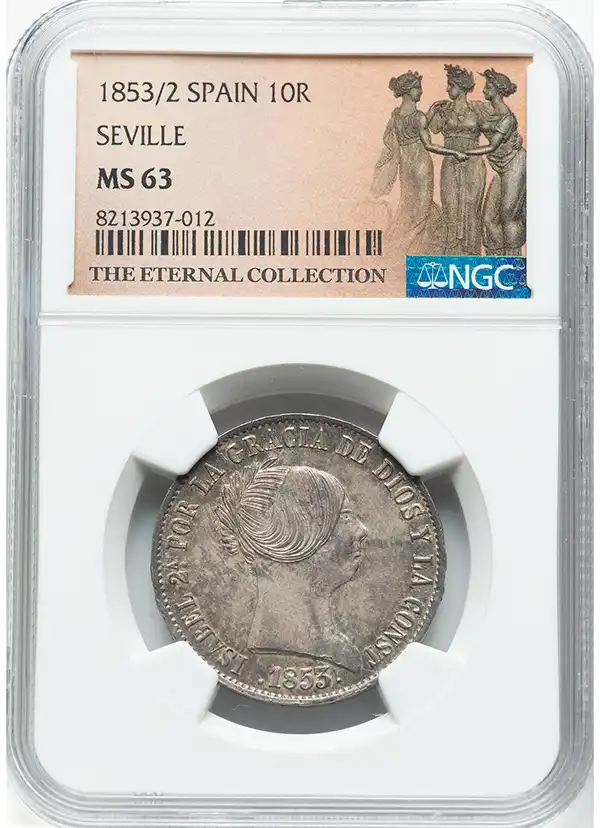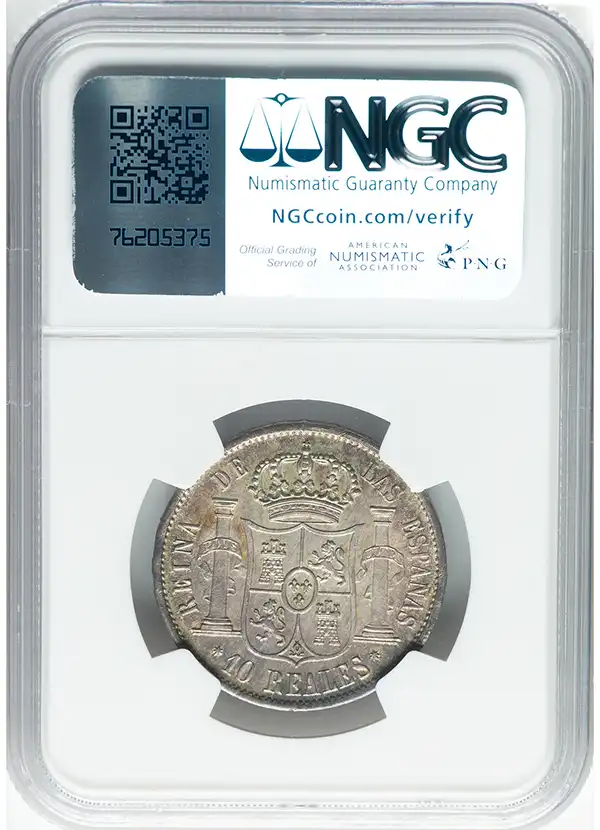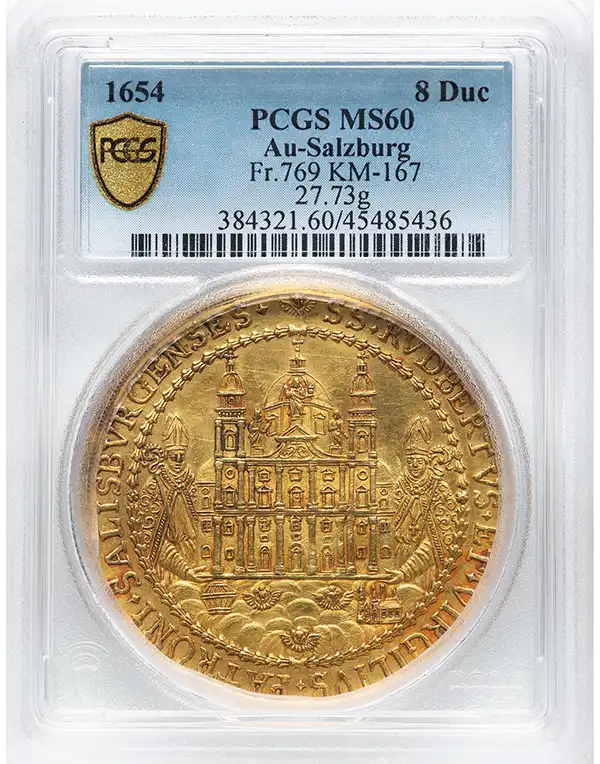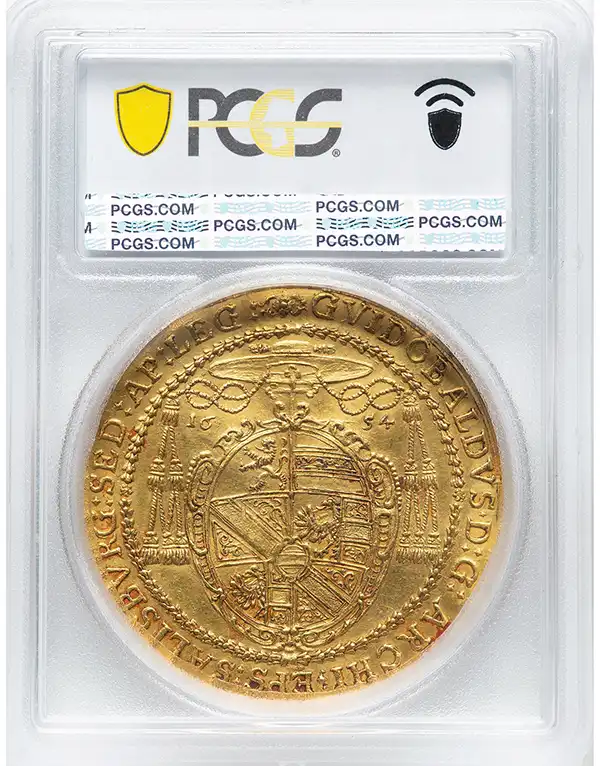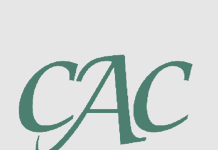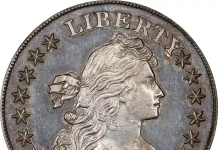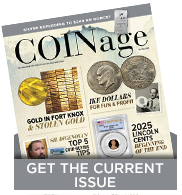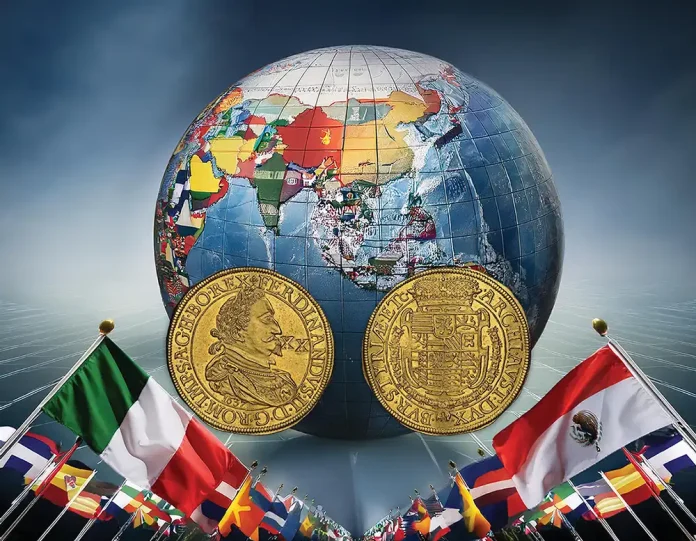
SUPREMELY IMPORTANT INTERNATIONAL COIN EXPO
Coins, medals, paper money and tokens are included in definitions of numismatics. The NYINC is the New York International Numismatic Convention and is held in New York City every January. In the United States, it is the most important and most extensive convention featuring coins of the world from ancient times to the present.
In 2025, the 53rd annual NYINC was held from Jan. 11 to Jan. 19 at the InterContinental New York Barclay hotel on East 48th Street in Manhattan, near Grand Central Station. Many coins from past centuries were available for less than $150 each, some for less than $30 each, though others cost much more.
In the Internet era, it is much easier to learn about world coins than it used to be. Even so, coin collectors often benefit from meeting experts in person. At the NYINC, educational presentations were held on Friday, Jan. 17, and Saturday, Jan. 18. The bourse areas for buying and selling were the most active on those two days. The “professional preview” on Thursday, Jan. 16, was for more experienced buyers and required an additional fee for entry.
Near the bourse area, there were rooms for auction lot viewing and educational presentations. Additionally, there was a program for young collectors that was directed by David Menchell, a physician who is one of the most famous collectors of medals.
There were many experts at the NYINC, most of whom are usually glad to answer questions voiced by collectors. I advise against relying entirely upon pictures and information found on the Internet. It is extremely important to view coins “in hand.” In addition to seeing coins on the bourse floor, collectors had the opportunity to examine coins in auctions. At the NYINC, auctions and/or lot viewing for auctions went on for nine days.
I was there from Jan. 11 to Jan. 18, a total of eight days. I noticed that Stephen Fenton, the founder of St. James’s Auctions and Knightsbridge Coins, was at the NYINC for the same eight days. His firm conducted an auction on Wednesday, Jan. 15. Marc Emory and Sam Spiegel of Heritage Auctions (HA.com) were around from Jan. 11, too, as was Vera Liu of CNG. I wondered how many numismatists attended the convention for seven to nine days. I never become tired of coins.
I feel fortunate to have been able to examine an incredible range of rare coins of the world, including pieces from North America, South America, Europe, Africa, Asia and Australia (Oceania). The amazing selections of coins available were central to the experiences of collectors in attendance. Several factors, however, contributed to the success of this convention.
In addition to being the leading world coin convention in North America, there is really nothing quite like the NYINC in the entire world. Even collectors who were not ready to, or may never, spend a lot of money on coins were able to learn a great deal, attend lectures, view an amazing assortment of coins and really enjoy themselves. It would have been impossible for a curious coin collector to be bored at the NYINC. It also served a social purpose as some collectors and dealers already knew each other and had a chance to discuss numismatic topics. Each day, the hotel’s restaurant buzzed with conversations about coins and coin auctions.
The bourse area was designed for buying and selling. For admission from Friday, Jan. 17, to Sunday, Jan. 19, the entrance fee was $25 in total. If the fee was any lower, the bourse area would have become too crowded. On the second floor of the hotel, the bourse area included two ballrooms and the “gallery” in between the two ballrooms.
“On the bourse floor, collectors find material at almost every price point,” says Andy Lustig, one of the more experienced dealers in the world. Andy notes that “there were plenty of individual coins that can be had for the cost of a New York sandwich or two. And, of course, there were many large inventories of far more expensive things for the serious players,” Lustig adds.
All the live auctions during NYINC week were conducted in the primary meeting room on the lobby level. The doors to this room are visible from inside the front entrance of the hotel.
Auctions were conducted at the NYINC by Heritage, CNG (of Pennsylvania and England), St. James’s Auctions (Stephen Fenton’s firm), “The New York Sale” coalition (Dmitry Markov and associates), Stack’s Bowers and Spink. Although Internet bidding continues to play a huge role in almost all auctions, I am not referring to Internet-only auctions. All these firms conducted physical auctions at the NYINC, with employees and bidders there
in person.
Other auction houses were represented on the bourse floor. Some auction firms had tables with few or zero coins to publicize upcoming auctions and to discuss future consignments. Officials of auction firms from Great Britain, Switzerland, Spain, Monaco and Germany were present.
The largest coin auction firm headquartered in Germany or near Germany is owned by the Künker family. This firm’s managing director, Ulrich Künker, was available at the NYINC to meet collectors.
On the bourse floor, luminaries Ian Goldbart and Steve Hill of Sovereign Rarities showcased a first-rate inventory of vintage British coins. Executives from Noonan’s, headquartered in London, were on the bourse floor as well. Spink had a table in the bourse area and rented a room for auction-lot viewing.
Of course, the coin business in the United States was represented. Brian Kendrella, the president of Stack’s Bowers Galleries, personally attended Stack’s Bowers auctions on Friday and Saturday.
Frank Sedwick received consignments for his firm’s auctions in Florida. GreatCollections of California was accepting consignments of U.S. and world coins for their online auctions at GreatCollections.com.
John Agre of Coin Rarities Online and, separately, Anthony Terranova offered Early American coins and medals. Andy Lustig is a long-time dealer and collector in U.S. and world coins and patterns.
“I’ve been attending NYINC since the late 1970s and taking a table there for the past 20 years or so,” Lustig recalls. “It’s nowhere near the size of the FUN, ANA and Baltimore conventions, but it’s my favorite. And for world coins and ancients, it’s literally the best show in the world. The caliber of the dealers, the collectors and the quantity and quality of coins on the bourse floor and in the auctions are simply unmatched,” he says.
CNG conducted auctions and had a very large presence in the bourse area. CNG founder Victor England is a principal of the NYINC. CNG always has numerous ancient coins on display at the NYINC. I am not an expert in ancient coins, and I am not prepared to comment on coins or dealers in this category. All the auction firms that conducted live sessions at the NYINC included ancient coins in their offerings.
Auction Details
I attended physical auctions from Monday to Saturday and viewed lots offered by all six firms. A collector could have assembled exceptional collections in many areas in just one week by participating in auctions at this one convention.
“Auctions are always impressive, and this year was no different,” Lustig stated. “Although the bourse floor only runs for four days, the auctions run almost nonstop for more than a week. It’s overwhelming, of course, but fantastic.”
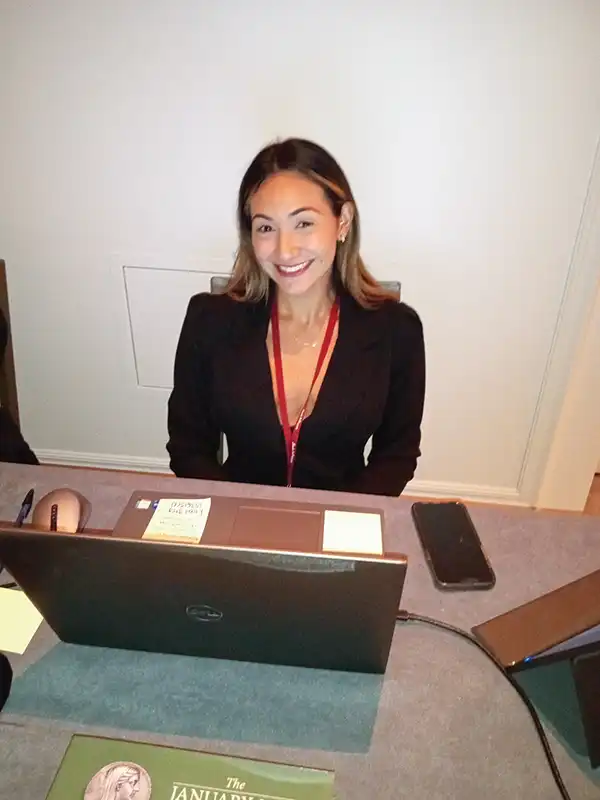
The Heritage auction was the first. Lot viewing for Heritage began on Saturday, Jan. 11, and the Heritage auction was on Monday, Jan. 13. Auction lot viewing for several firms began on Sunday, Jan. 12.
There were newsworthy selections of British coins in the auctions. As these are one of my specialties, I will devote a separate review to the offerings of British coins at the NYINC, which will appear in the next issue of this magazine.
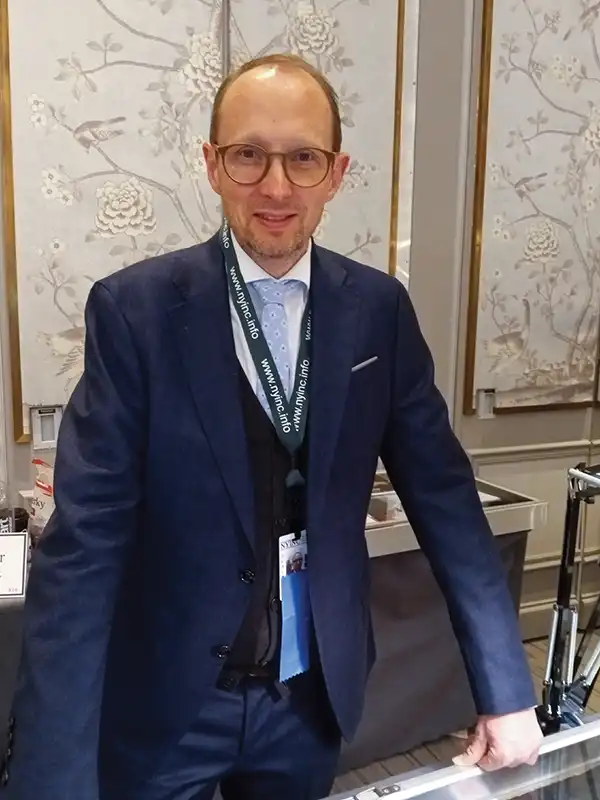
On average, rare coins of Europe tend to be much less costly than similar rare coins of the United States, though it is hard to make fair comparisons as coins have been minted in Europe for thousands of years. European silver coins and many gold coins minted from 1500 to 1900, though, are often much less expensive than “better date” U.S. silver dollars from the 1800s and 1900s.
As of Feb. 1, 2025, my retail value estimates for a United States 1893-S Morgan silver dollar are $3,750 in Good-04 grade, $14,500 in XF-40, $47,500 in AU-55 and $320,000 in MS-63 grade. This is not a rare coin and there were probably no 1893-S dollars at the NYINC. I mention these value estimates for U.S. 1893-S dollars here to help explain the point that rare coins of the world are often less expensive than many comparable U.S. coins.
As examples, I mention some coins auctioned by Heritage at the NYINC on Jan. 13 and coins auctioned by Stack’s Bowers later in the week. Of the six firms that conducted auctions at the NYINC, collectors of U.S. coins are more likely to be familiar with Heritage and Stack’s Bowers than with the others.
Although it is true that many collectors of ancient and world coins prefer that their coins not be encapsulated, a large share of the coins in the NYINC auctions were certified and encapsulated by grading services, especially coins minted after 1600. The two grading services that have certified millions of U.S. coins also certify coins of the world. These are the Professional Coin Grading Service (PCGS) of California and the Numismatic Guaranty Corporation (NGC) of Florida.
Both PCGS and NGC had tables in the bourse area and accepted submissions. CACG of Virginia Beach does not yet accept pre-1900 world coins for grading but may do so in the
near future.
French Coins
The offerings of French coins in the auctions at the NYINC were particularly extensive and historically meaningful. In the “Red River Trove” and “The Eternal Collection” consignments to Heritage, there were some significant French coins that did not cost a fortune. In the grand scheme of world gold coins, market values for French coins from the 1400s to the 1600s are not particularly high, generally less than the values of parallel coins from the British Isles during the same time period.
Many French gold coins from the “Red River Trove” hoard dating from the 1400s and 1500s realized prices between $800 and $1,020. For example, an NGC graded AU-55 Louis XII Gold Ecu brought $990. Like many coins found in the ground, these were subject to various degrees of cleaning and/or conservation; some failed to receive numerical grades from NGC.
A Charles VII Gold Ecu (1422-61) was said by the staff at NGC to have “XF DETAILS” and to have been “harshly cleaned.” This is a decent coin, which realized $660.
Heritage also auctioned French coins from other consignors. For $930, someone bought an NGC-graded AU-50 Gold Ecu of France struck during the late 1400s under the reign of French King Charles VIII. An NGC-graded AU-58 1774-Q Silver Ecu struck under the reign of French King Louis XV is a large silver coin and is rare. It brought $960.
An NGC-graded MS-65+ “Hercules” 1849-A (Paris Mint) five franc coin, which is very similar to a U.S. silver dollar, realized $1,200. This coin is technically sound and has colorful natural toning, certainly deserving a 65+ or higher grade. An 1849 U.S. silver dollar of the same quality, if there was one, would be worth more than $100,000.
Stack’s Bowers had an even more extensive offering of French coins at the NYINC. Many of these were auctioned on Friday, Jan. 17. On the afternoon of Sunday, Jan. 19, Stack’s Bowers auctioned French coins from the collection of the late Richard Margolis. He was a famous collector for decades, and Margolis was widely recognized as being very knowledgeable about French numismatic material.
On Jan. 19, a PCGS-graded MS-63 “AN 13-A” (1804/5) silver franc featuring Napoleon Bonaparte realized $900, a fair retail price. A PCGS-graded AU-58 1810-L (Bayonne Mint) Napoleon Bonaparte five franc silver coin, similar to a U.S. silver dollar, brought $1,140. A PCGS-graded AU-50 1810-Q (Perpignan Mint) 20-franc gold coin, also depicting Napoleon Bonaparte, realized $1,320.
A much less affordable, but really cool, coin in the Margolis Collection was an NGC-certified Proof-65 1809 40-franc gold coin. Although the finish and surface characteristics of this coin are different from those of 19th-century Proof U.S. coins, it possesses distinct mirrored fields and other Proof characteristics.
On this 1809 40-franc coin, the rims, despite being very imperfect, are higher and better formed than those on business strikes and are mostly separated from the dentils (teeth at the borders). Many of the dentils are better shaped than the dentils on relevant business-strike coins from the time period. Some dentils and letters are squared, a characteristic of devices on Proof coins that takes time to explain. The point here is that the Proof-65 certification is certainly fair, and this coin is very important as such. The price realized of $144,000 was strong, though understandable. For a collector or researcher interested in Proof 19th-century coins, this piece is a treasure.
Heritage auctioned a pattern 1862 100-franc gold piece for more, but this is a different kind of a numismatic item. This 1862 piece is a pattern, not a coin, and is of a larger denomination. Its diameter is a little more than that of a U.S. $20 gold coin.
This 1862 100-franc gold piece is PCGS-certified as SP-65-Cameo. In my opinion, it is a true Proof, but I am not predicting that any grading service will ever call it a Proof. For coins minted well before 1900, a book should be written that covers in detail the qualifications for Proof status.
The price realized of $204,000 for this 1862 100-franc pattern can be interpreted in the context of large gold coins and patterns being heavily demanded since January 2021 or a few months earlier. Ten-ducat and heavier gold coins from central Europe, U.S. $20 gold coins, British Five Guineas and British Five Pound gold coins all increased markedly in value at times from late 2020 to late 2022. Some of the people who bought those were probably interested in this 1862 French pattern, too.
Spain, Portugal and Italy
Many collectors in the United States tend to overlook coins from Italy, Portugal and Spain. Indeed, collectors in the U.S. tend to know more about coins of the Spanish Empire that were minted in “The New World” (The Americas) than they know about Spanish coins that were minted in Spain.
In the Heritage auction on January 13, an NGC-graded MS-63 1853/2 overdate Queen Isabella II 10 reales silver coin of Spain brought $900. An NGC-graded MS-65 1854 of the same type, also from the Seville Mint, realized $2,160. An NGC-graded MS-63 1863 40 reales gold coin also depicting Queen Isabella II brought $1,020, less than the value of a U.S. $2.5 gold coin from the 1860s.
An NGC-graded MS-63 Italian King Vittorio Emanuele III 1907 Rome Mint two-lire coin brought $1,140. An NGC-graded MS-65 1842 Portugal 500 Reis silver coin realized $1,380. If there was an NGC-graded MS-65 1842 U.S. silver dollar, it would have been worth at least $40,000 in January 2025, perhaps much more than $75,000.
Multiple Ducats
In the past, many European kingdoms and city-states issued multiple ducat coins. I am referring to coins that have a face value of five or more ducats. The ducat, the equivalent of the zecchino or sequin in some Italian societies, was a widely accepted gold standard. A one-ducat coin has around one-ninth of a Troy ounce of gold. In theory, each ducat was specified to be exactly 3.5 grams of nearly pure gold, but ducat denominated coins often were not of “full weight.”
Heritage auctioned a 1654 eight-ducat coin from Salzburg, Austria. It was PCGS-graded MS-60 and realized $43,200. Heritage auctioned this same coin for $40,800 on Nov. 2, 2022. Though not a high-quality coin, the artistry and detail of the design should be mentioned. This coin reaches out of the holder and cannot be ignored.
The coin in the previous auction lot was a five-ducat coin of the same Salzburg-Guidobald series. It was NGC-graded MS-61 and brought $26,400.
In the bourse area, the firm of Künker displayed a 1698 six-ducat coin of Nuremberg, which was NGC-graded MS-63. As this coin is tilted under a lamp, some soft-whitish design elements along with the overall luster are attractive. Generally, orange-gold design elements along with greenish fields are appealing.
In terms of design, there is a terrific “city view” on the obverse (front of the coin). This piece was auctioned on Jan. 29 in Berlin, Auction 418 – lot 229, reportedly for a hammer price of 90,000 Euros.
On Jan. 17, Stack’s Bowers auctioned a Salzburg 1628 ten-ducat coin relating to Archbishop Paris von Lodron, a very rare variety of this denomination, which is rare overall. This 10-ducat coin was PCGS-graded MS-61 and realized $36,000. This coin appears much more admirable “in hand” than it does in published pictures.
Stack’s Bowers also auctioned a 1637 20-ducat gold coin that was struck at the Graz Mint in Austria and depicts Ferdinand II of the Holy Roman Empire. This coin weighs more than twice as much as a U.S. $20 gold coin. It was fairly graded MS-64+ by NGC and was one of the most memorable coins auctioned during the whole week. The price realized of $360,000 was strong.
There are many U.S $20 gold coins that each sell for more than $360,000, dating from the 1850s to the 1930s. While it is true that the artistic design of U.S. Saint Gaudens Double Eagles ($20 coins) is especially attractive, large European gold coins from past centuries are interesting and many have historical significance. Collectors prefer different kinds of coins for various reasons. Some collectors concentrate on completing sets, while others are very interested in historical aspects.
Meetings & Education
There were meetings of several organizations at the NYINC, including the Ancient Coin Collector Guild, the Medal Collectors of America, the Association of Byzantine Collectors and the Oriental Numismatic Society. As the American Numismatic Society (ANS) is located in New York City, there were ANS events held during the same nine-day stretch as the NYINC.
On Jan. 16, the NYINC was recognized with the “2025 Trustees Award” at the annual gala of the ANS, which was held at The Century Association on 43rd Street, between Fifth and Sixth Avenues, not far from the NYINC. The ANS itself is located on Varick Street in the Hudson Square district of lower Manhattan.
Regrettably, I missed the lecture by Jesse Kraft, a curator at the ANS. The owner of the Resolute Americana Collection endowed the post that Kraft currently holds and sponsored his presentation at the NYINC. The Resolute Americana Collection is a landmark holding that features rare and historically important coins and medals.
Kraft’s presentation was about coins relating to internal wars in Mexico during the early 19th century. As different political factions in Mexico issued their own true coins, this is a fascinating subject that invites additional research and more collector interest.
On Jan. 17, I attended the lecture by David Fanning on Early Numismatic Photography. Like many who are interested in collecting traditions in the United States, I know about the path-breaking photographic plates of U.S. coins that were published in the Eastern United States during the 1860s and 1870s. I did not know about earlier advances in Europe.
Fanning provided a great deal of information with detailed explanations. For example, H. Fizeau, a French scientist, was a collector of Ancient Greek coins. He photographed many coins in the early 1840s and developed a method to print photographs that was considered almost magical at the time.
Additionally, Fanning provided details about several published works in Europe from the 1850s that included photographs of numismatic items. I was unaware that the Proceedings of the Manchester Numismatic Society, a publication in England, featured true photographic plates of coins in journals dating from 1864 and 1866. American Colonial coins from Massachusetts and Maryland, plus other pre-1793 American numismatic items, were pictured in this journal, years before photographs of American coins were published in the United States.
Fanning taught the audience about several other works published in Europe during the second half of the 19th-century that involved photographs of coins or other numismatic items. As photography then had been invented just several decades earlier, it was an exciting time for coin collectors and researchers.
For other reasons, the current era is an exciting time for collectors too. Advances in digital communication have made the world a smaller place and put historical information in reach of almost everyone. It is now easier than ever before for collectors to knowledgeably venture into other realms, though it is important to communicate with experts and to see coins “in hand.”
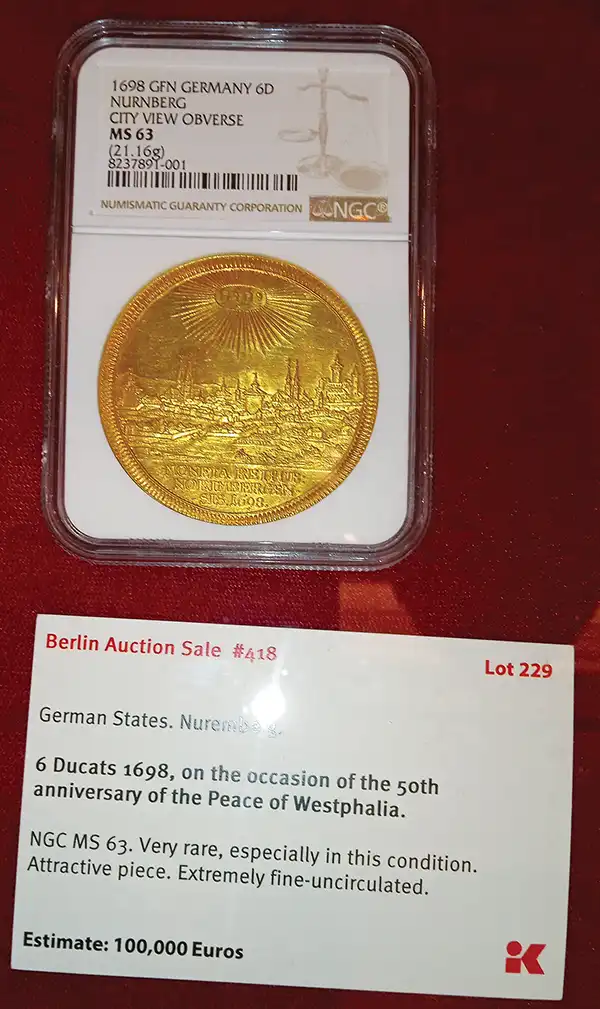 Greg Reynolds, named to COINage’s “Greatest Coin Graders in the World” list, is an independent rare coin consultant who is available for assistance with auctions, private sales and market analysis. Reynolds has written more than 790 published articles relating to coins, patterns or medals, and many private reports for clients.
Greg Reynolds, named to COINage’s “Greatest Coin Graders in the World” list, is an independent rare coin consultant who is available for assistance with auctions, private sales and market analysis. Reynolds has written more than 790 published articles relating to coins, patterns or medals, and many private reports for clients.
Reynolds’ articles have appeared in nine different coin publications. Over the past five years, he has contributed many articles to the Whitman-CDN-Greysheet family of publications and the CAC website (cacgrading.com). Since 2012, Reynolds has received outright or shared at least 24 awards from the Numismatic Literary Guild (nlgonline.org), including awards for articles or analytical series on U.S. coins, American medals, British coins, epic collections, collecting strategies and historical aspects of coins.
Reynolds has attended dozens of major auctions, including sales of several of the all-time greatest collections, and has spent hundreds of hours carefully viewing auction lots. Indeed, he has carefully examined a substantial percentage of the choice and rare U.S. coins in existence and a large number of condition rarities. Reynolds has also viewed thousands of vintage British coins and numerous Latin American rarities. Insightful10@gmail.com.
Images of coins auctioned at the NYINC are shown courtesy of Heritage Auctions (ha.com) or Stack’s Bowers Galleries (stacksbowers.com). Other images are courtesy Greg Reynolds.

